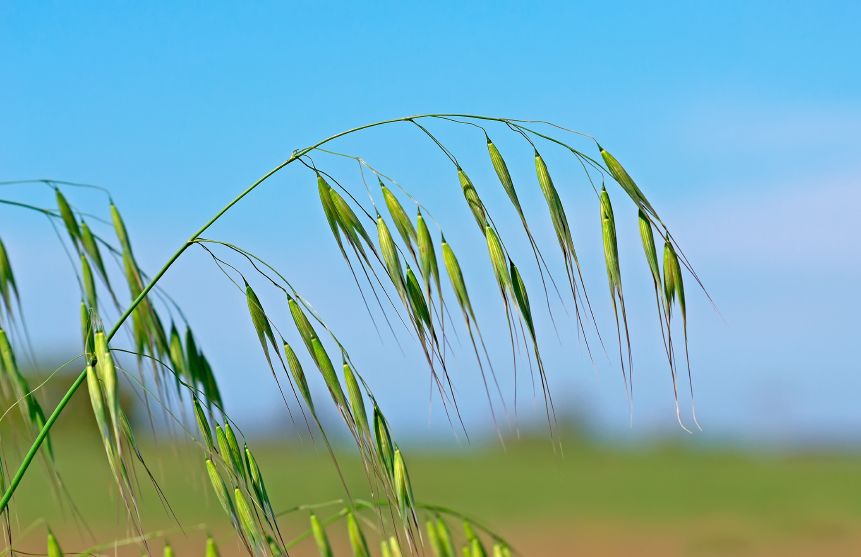You’re proud of your beautiful lawn, but stubborn, destructive Arizona weeds are a constant threat to its health. They arrive quietly, sneaking their way in between cracks, blades of grass and new flowers. If you don’t act quickly, they can turn your lawn into a disaster. It’s important to know your enemy. Here are the most common weeds you can expect to see in your Phoenix or Tucson garden.
Barnyard Grass
Barnyard grass is a colorful summer annual weed. Its spikelets can grow up to two inches tall, but its flowering stalks may reach four feet in height if left unattended. The green or purple-colored weed spreads by seed, and a single plant can produce up to 40,000 grains. Early management of barnyard grass is essential.
Arizona Annual and Perennial Bluegrass
No, it has nothing to do with a music festival. Perennial bluegrass prefers moist conditions and thrives between March and September. Look for bluish-green leaves that are about four inches long and green, bushy stems. Annual bluegrass loves cooler temperatures and germinates in the fall. Controlling bluegrass weeds requires treatment throughout the fall season.
Green Foxtail or Bristle Grass
Green foxtail is relatively easy to spot. It grows in spreading clumps and can reach up to three feet in height. The leaves are about six inches long and broad. Purple bristles may also be present. It thrives in moist soil and flowers from June until November.
Johnsongrass
Johnsongrass holds the distinction of being one of Arizona’s largest weeds. It produces large, dense, green leaf blades and can grow up to seven feet tall. Considered a noxious and prohibited weed in the state, Johnsongrass is a serious threat to agriculture. Its system of underground stems can reach almost three feet into the dirt, and hidden grains can lie dormant for years—these properties make it nearly impossible to eradicate fully. Besides its tenacity, this aggressive plant also has poisonous properties. Any interruption of its normal growth pattern can cause it to release hydrocyanic acid, which is a cyanide-type poison. If you cross paths with a clump of Johnsongrass, don’t make it angry.
Wild Oat
Wild oat is another big problem for the agricultural industry, especially in winter. The weed has slender stalks that can grow up to nine inches tall. Small flowering bristles top the stalks. Its thin, rough leaf blades are between three and eight inches long, and its flowering bracts have reddish-brown hairs at the base. Wild oat requires little water, so it can grow almost anywhere, including rock gardens and dirt lawns. The weed resembles cultivated oat, so proper identification is important.
Benefits of Professional Weed Control
Weed identification and elimination isn’t a simple task. Professionals have years of experience and knowledge, so they know exactly how to manage a weed problem while protecting your landscape. Hiring someone to manage your weeds helps you avoid losing time and money due to guesswork and poor product knowledge. Your weekends will be free, and you won’t have to worry about accidentally killing your own lawn.
When it comes to weed control, Phoenix and Tucson homeowners turn to the company that stands behind its work. Our specialists identify and eliminate your existing weeds and give you a worry-free one-year warranty against new weed growth. To learn more about our garden expertise and schedule a free inspection, give a call or request a quote.

